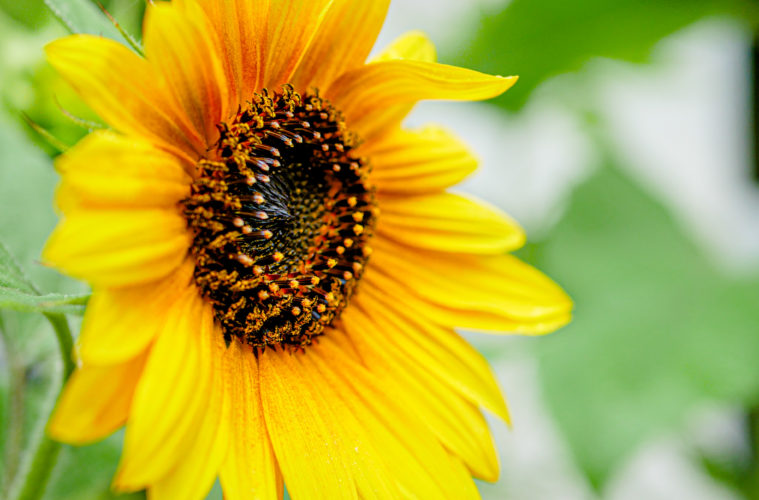Edible plants were introduced to the Babcock Arboretum three years ago in the interest of providing healthier dietary alternatives to ENC students.
Recently, nicer-looking plants have taken precedence over functional plants and herbs. There is a common misconception that because a plant doesn’t look nice, it does not serve a purpose. There is a lack of awareness for the benefit edible plants bring to our campus. According to Admissions Operation Specialist Elia Salazar, who is an advocate for the arboretum, a plant shouldn’t just aesthetically pleasing or just functional, “–it can be both.”
Over the summer, the school has gone through a make-over of sorts. There was a lot of change in terms of how the beds in the arboretum were utilized. An example of one of these major changes was the planting of 300 petunias, which are a seasonal flower. An entire strawberry bed near the Mann Center was replaced with petunias. Strawberries provide a function for the ENC community whereas these flowers are for aesthetics.
Wildlife like squirrels relied on those strawberries plants. Edible plants create a habitat that is inviting to the wildlife in Quincy. You can still find food like cabbage, kale, apples, lettuce, and eggplants throughout the campus. Most of the herbs that reside on campus provide pollen for various kinds of bees. One in specific, mint, serves as an insect repellent. Birds are attracted to the blueberries, raspberries, blackberries we have on campus. When the food got moldy, it would fall and serve as its own compost, enriching the soil in the process.
By raising awareness, we eliminate the possibility of having edible plants phase-out. These edibles serve three main functions; they enrich the soil, keep mosquitos at bay, and provide a variety of healthy snacks for students. The hope is to let our readers know that there is this vital resource on their campus that they can take advantage of. As a college campus, it is unique to have an arboretum that we get to walk through each day. But it is rare to have an arboretum this size foster the resources to provide edible plants, fruits, and herbs to its students.

